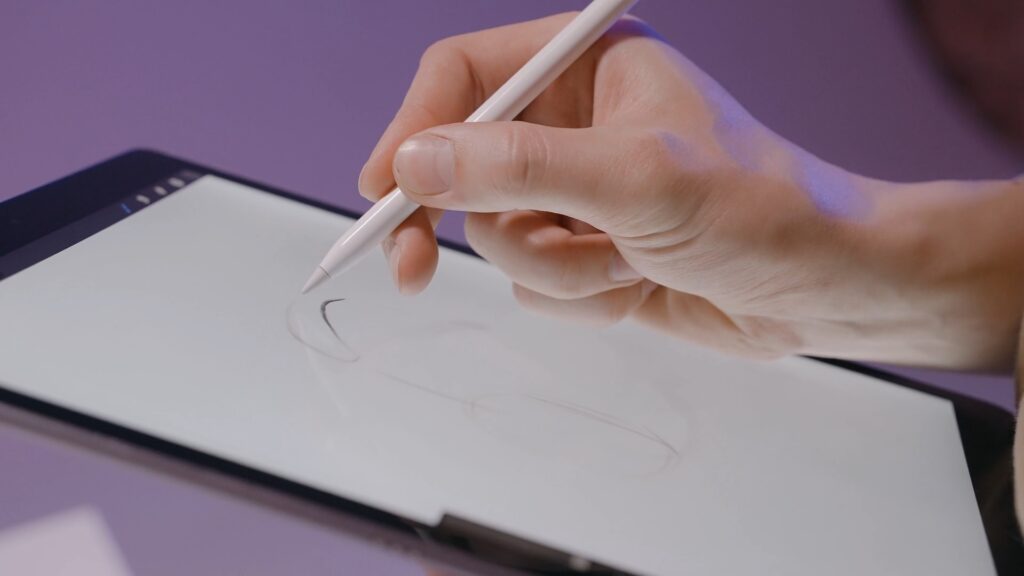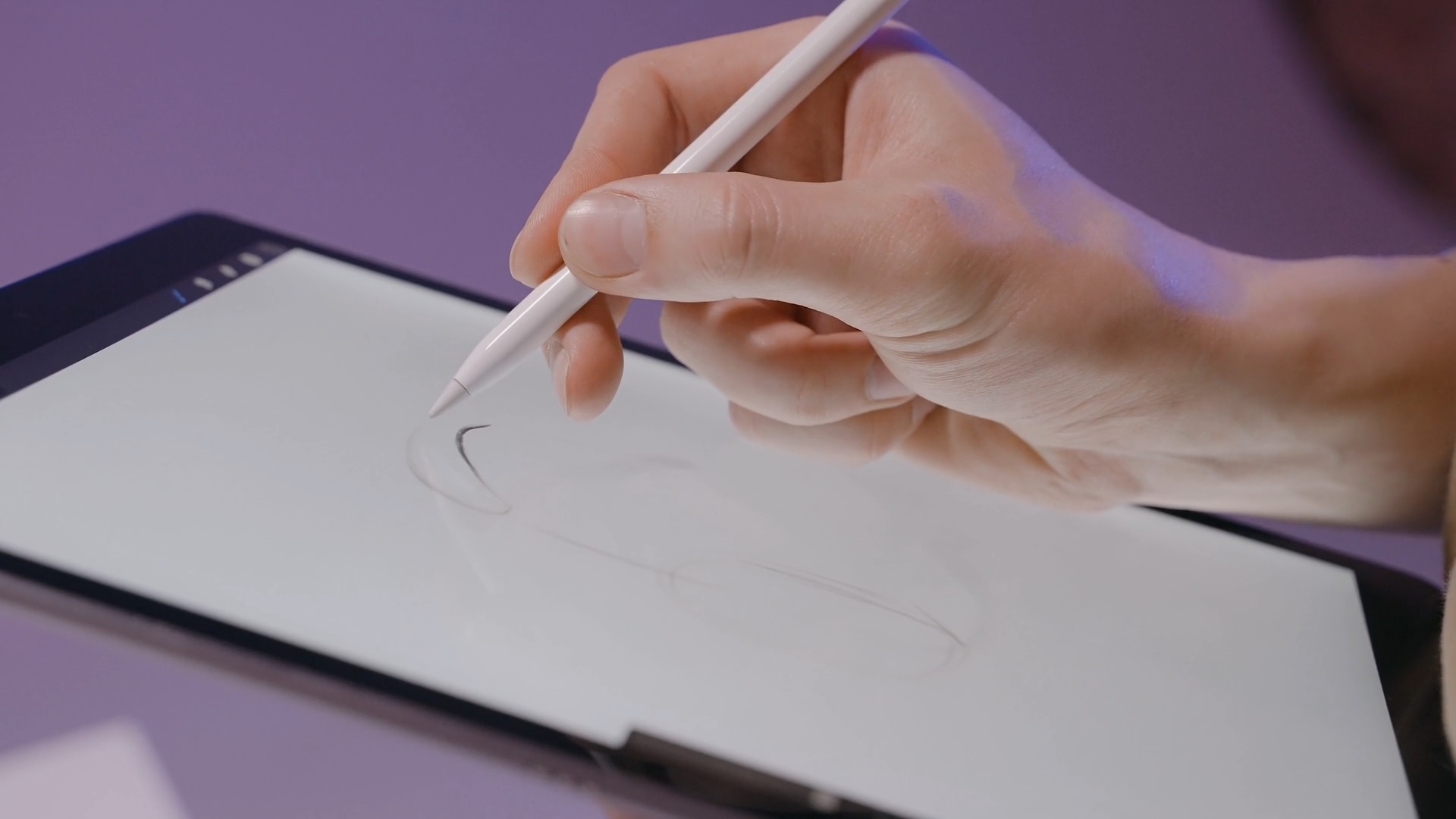Creating a logo that accurately represents your brand is a critical step in building a successful business. A well-designed logo can communicate your brand’s personality and values, establish brand recognition, and help you stand out from the competition. In this article, we’ll explore the process of bringing your logo from concept to reality and discuss the key steps involved.

Step 1: Defining Your Brand
The first step in bringing your logo to life is to define your brand. This means understanding your brand’s values, personality, and target audience. By clearly defining your brand, you can ensure that your logo accurately represents your brand’s identity.
Step 2: Research and Inspiration
Once you’ve defined your brand, the next step is to research and gather inspiration for your logo design. This involves looking at other logos in your industry, researching design trends, and exploring different styles and colors that align with your brand’s personality.
Step 3: Sketching and Conceptualizing
The next step in bringing your logo to life is to start sketching and conceptualizing ideas. This is where your research and inspiration come into play. Begin by sketching out rough ideas and experimenting with different typography, colors, and styles. Don’t be afraid to explore different directions and experiment with various concepts.
Step 4: Refining and Polishing
Once you’ve narrowed down your ideas and selected a direction for your logo, it’s time to start refining and polishing the design. This involves making tweaks to the typography, colors, and overall style of the logo to create a cohesive and visually appealing design.
During this stage, it’s important to consider how the logo will look in different sizes and formats. Your logo should be easily recognizable whether it’s on a website header, a social media profile picture, or a business card.
Step 5: Choosing the Right Colors and Typography
Choosing the right colors and typography is a critical aspect of logo design. Colors and typography can evoke specific emotions and associations, and it’s important to choose ones that accurately represent your brand.
When choosing colors, consider what emotions and associations you want to evoke. For example, if you’re a law firm, you might want to choose a color scheme that evokes a sense of professionalism and authority. If you’re a fashion brand, you might want to choose colors that convey a sense of modernity and creativity.
When choosing typography, consider the overall style and personality of your brand. Serif fonts can convey a sense of tradition and professionalism, while sans-serif fonts can convey a sense of modernity and simplicity.
Step 6: Creating a Versatile and Scalable Design
A great logo should be versatile and scalable. It should look great in different sizes and formats, and it should be easily recognizable whether it’s on a website or a billboard.
During the design process, it’s important to consider how the logo will look in different sizes and formats. A great logo should be easily recognizable whether it’s on a website header, a social media profile picture, or a business card.
Step 7: Working with Your Brand Guidelines
If you already have brand guidelines in place, it’s important to work within those guidelines to create a logo that’s consistent with your brand’s overall look and feel. Your logo should fit seamlessly into your existing brand identity and shouldn’t clash with other visual elements of your brand.
If you don’t have brand guidelines in place, consider creating them. By establishing a consistent visual identity for your brand, you can help ensure that your logo accurately represents your brand’s values and personality.
Bringing your logo from concept to reality is a critical step in building a successful business. By following these key steps, you can create a logo that accurately represents your brand, establishes brand recognition, and helps you stand out from the competition.
